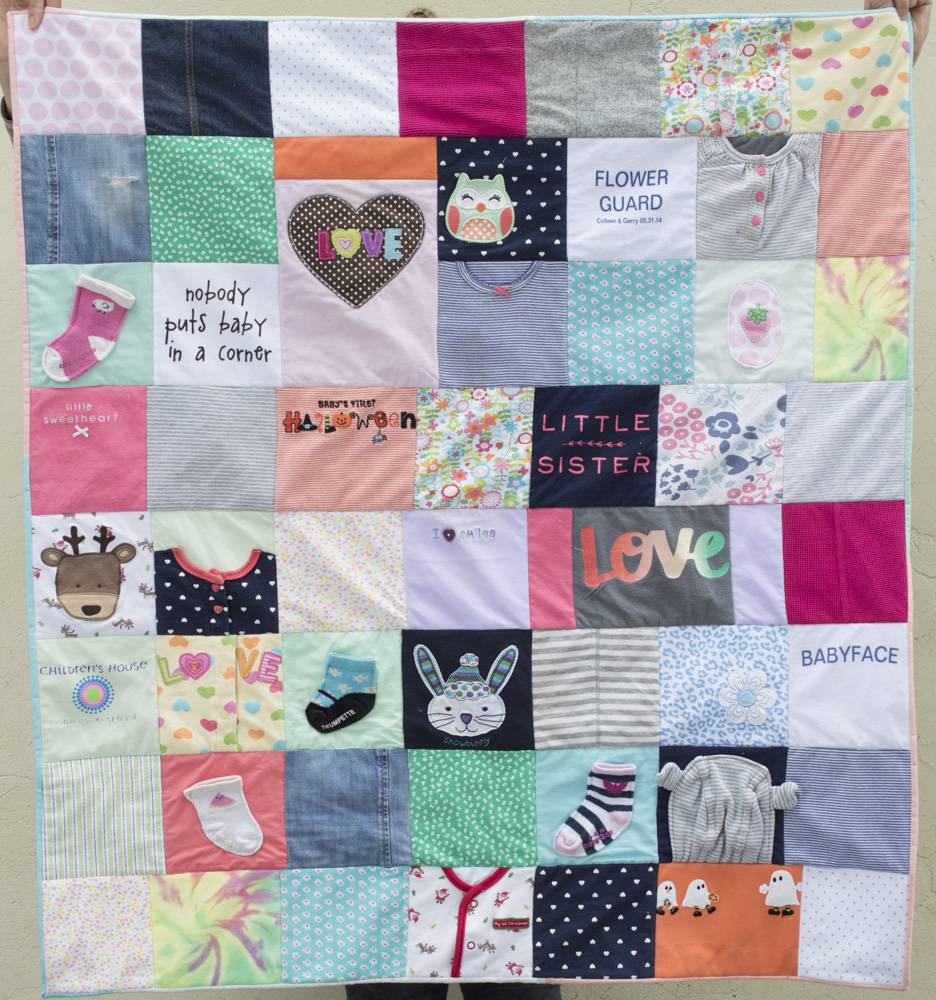When it comes to choosing the right fabric for activewear, the debate between cotton and polyester is a hot topic among fitness enthusiasts, athletes, and casual wearers alike. Both materials have their unique properties, but when it comes to managing sweat, which one truly reigns supreme? In this article, we will delve into the characteristics of cotton and polyester, examining their performance in sweat management, comfort, durability, and environmental impact to help you make an informed decision.
Understanding the Basics: Cotton and Polyester
Cotton is a natural fiber derived from the cotton plant. It is known for its softness, breathability, and comfort, making it a popular choice for casual wear and everyday clothing. Cotton fibers absorb moisture, which can be beneficial in certain situations, but this property can also lead to prolonged dampness when sweating.
Polyester, on the other hand, is a synthetic fiber made from petroleum-based products. It is engineered for performance, offering moisture-wicking properties that draw sweat away from the skin and allow it to evaporate quickly. This characteristic makes polyester a favored choice for athletic wear and performance gear.
Moisture Management: The Key Factor
When evaluating which fabric is better for sweating, moisture management is a crucial factor.
- Absorption vs. Wicking: Cotton absorbs moisture, which can lead to a heavy, damp feeling during intense workouts. While this absorption can keep you feeling cool in dry conditions, it becomes a disadvantage when sweating profusely. In contrast, polyester excels in moisture-wicking. Its hydrophobic nature allows it to pull moisture away from the skin, promoting evaporation and keeping you dry.
- Drying Time: The drying time of a fabric is essential for comfort during and after exercise. Cotton can take a long time to dry, which can lead to chafing and discomfort. Polyester, however, dries quickly, making it ideal for high-intensity activities where sweat is abundant.
Comfort and Breathability
While moisture management is critical, comfort and breathability also play significant roles in fabric selection.
- Cotton Comfort: Cotton is often praised for its soft texture and breathability. It allows air to circulate, which can help regulate body temperature. However, when wet, cotton loses its breathability and can cling to the skin, leading to discomfort.
- Polyester Performance: Polyester fabrics are often designed with advanced technology to enhance breathability and comfort. Many polyester blends include mesh panels or are engineered with specific weaves that promote airflow, making them suitable for rigorous physical activities.
Durability and Care
Durability is another important consideration, especially for those who frequently engage in sports or outdoor activities.
- Cotton Durability: While cotton is generally strong, it can wear out faster than polyester when subjected to repeated washing and drying. It is also prone to shrinking and fading over time.
- Polyester Resilience: Polyester is known for its durability and resistance to stretching, shrinking, and wrinkling. It maintains its shape and color even after multiple washes, making it a long-lasting option for activewear.
Environmental Impact
In recent years, the environmental impact of fabric choices has gained significant attention.
- Cotton: As a natural fiber, cotton is biodegradable and can be grown sustainably. However, conventional cotton farming often involves high water usage and pesticide application, raising concerns about its environmental footprint.
- Polyester: While polyester is durable, its production is energy-intensive and relies on fossil fuels. However, recycled polyester options are becoming more prevalent, offering a more sustainable alternative that reduces waste and conserves resources.
Conclusion: Making the Right Choice
In the battle of cotton versus polyester for sweat management, polyester emerges as the clear winner due to its superior moisture-wicking properties, quick drying time, and overall durability. However, the choice ultimately depends on individual preferences, activity levels, and environmental considerations. For those seeking maximum performance during workouts, polyester is the go-to option. Conversely, if comfort and breathability are your primary concerns, especially in low-intensity situations, cotton may still hold its ground.
Ultimately, understanding the strengths and weaknesses of each fabric can help you make an informed decision that aligns with your lifestyle and needs. Whether you prioritize performance, comfort, or sustainability, the right fabric can enhance your experience, keeping you dry and comfortable as you pursue your fitness goals.

